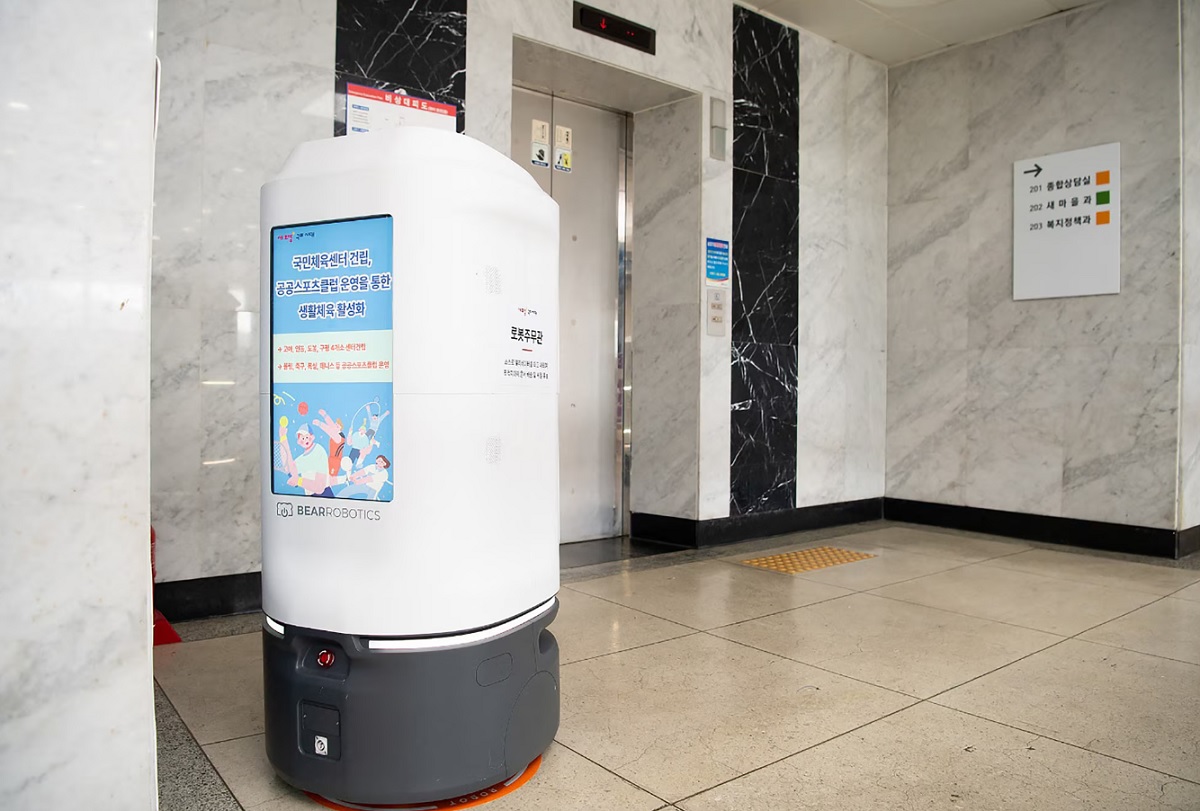In the fast-paced world of industrial automation, downtime is the enemy of productivity. When a robot stops working, every minute spent diagnosing the problem translates to lost revenue and missed deadlines. Enter Olis Robotics, a Seattle-based company that's set to revolutionize the way we approach robotic troubleshooting with its groundbreaking remote diagnostics system for industrial automation cells.
The promise of automation has always been one of consistency and efficiency, but the reality often falls short when unexpected issues arise. Olis Robotics aims to bridge this gap with a sophisticated video and telemetry-based diagnostic tool that gives technicians unprecedented access to the inner workings of robotic cells. This innovation could be the key to dramatically reducing manufacturer downtime while empowering integrators to take on more business with confidence.
At the heart of Olis' new offering is an expanded capability that extends far beyond individual robots. The system now encompasses entire industrial cells, from the programmable logic controller (PLC) to the fingertips of robotic grippers, as well as conveyors and other auxiliary hardware. This holistic approach to diagnostics allows users to monitor and set alerts for pre-defined runtime parameters through the PLC, including I/Os, registers, and custom tags.
Fredrik Ryden, CEO of Olis Robotics, emphasizes the critical role of PLC data in understanding the causes of unplanned downtime. "The PLC often contains important diagnostic data required to understand the causes of unplanned downtime," Ryden states. "Olis' new PLC capabilities enable real-time access to that data, effectively closing the loop on video-based diagnostics for industrial automation systems."
The implications of this technology are far-reaching. For integrators, the new PLC capabilities enhance their ability to debug systems before shipping, successfully monitor systems after deployment, and remotely troubleshoot entire industrial cells. Steve Solack, controls engineering manager at Michigan-based integrator Mission Design & Automation, highlights the complexity of modern automation cells and the difficulty in diagnosing failures. "With the most crucial diagnostic information often being found in PLC tags and robot data, being able to quickly access such data via Olis' easy-to-use interface reduces the time and skill set required to understand the problem, making us more efficient and reducing downtime costs for our customers," Solack explains.
But the benefits of Olis' system extend beyond mere troubleshooting. The technology opens up new possibilities for proactive maintenance and performance optimization. Bill Ordakowski, sales engineer at Olis Robotics, provides a compelling example: "In an application involving a robot inserting bolts into a part, users could create an alert that indicates when the feeder is running low on bolts. The PLC can then send Olis an alert informing the operator that it's time to refill the feeder." This level of granular control and foresight has the potential to transform how industrial automation is managed and maintained.
The excitement surrounding Olis' innovation is palpable within the industry. Integrators are describing the technology as potentially making them "unstoppable," appreciating not just the reduced downtime but the expanded control and monitoring capabilities that PLC access brings to remote diagnostics.
For companies looking to scale their automation efforts, Olis' system provides a crucial foundation of confidence. Kilen Multop, IT director at Idaho-based integrator Kaitech Automation, speaks to this point: "To support rapid growth, we need to ensure that robots are deployed quickly and without problems. We will also need to track cell performance for many years to come. Olis enables Kaitech to scale with added confidence by helping with these key elements of automation deployment and management."
Currently, Olis' new PLC features are specific to Rockwell Automation's Allen Bradley PLCs, with compatibility for robotic arms from Universal Robots, Kawasaki, and FANUC. The company has plans to expand this compatibility to include more brands, further broadening the potential impact of their technology.
The partnership between Olis and Kawasaki, announced in February, underscores the industry's recognition of the value this technology brings. By jointly offering robots and controls, they aim to enable customers to restart production faster, reduce troubleshooting and downtime costs by up to 90%, and gain quicker access to expert support.
As Olis Robotics prepares to launch its new product at IMTS 2024 in Chicago this September, the industry watches with bated breath. Founded in 2013 as a spinout from the University of Washington's Applied Physics Lab, Olis has built on over a decade of telerobotics research and development conducted with the U.S. Navy and NASA. This pedigree, combined with their innovative approach to industrial automation diagnostics, positions Olis at the forefront of a new era in robotics.
The future of industrial automation is one where downtime is minimized, efficiency is maximized, and human expertise is augmented by intelligent diagnostic tools. With Olis Robotics leading the charge, that future may be closer than we think. As factories become smarter and more connected, the ability to remotely diagnose and solve problems in real-time will become not just an advantage, but a necessity. Olis' PLC diagnostics system may well be the key that unlocks this new paradigm of industrial productivity.


















